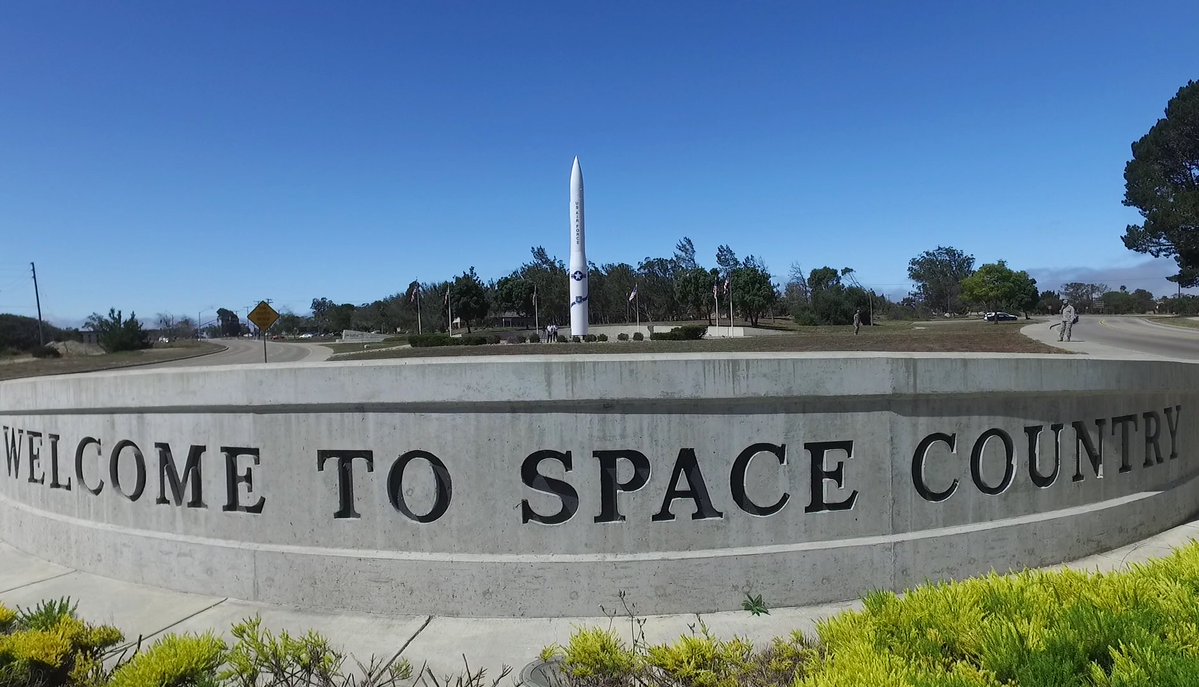Space Force
June 19, 2018 | Expert Insights

US President Donald Trump has moved to create a new “Space Force” separate from the US Air Force as the sixth branch of the US military.
Proponents of a separate force believe it will make the Pentagon more efficient, but the move has received heavy criticism from within Washington.
Background
From ancient civilisations who revered the cosmos as a “heavenly abode” to modern tech companies planning commercial flights to space, the human race has been fascinated with outer space. Astronomers across the globe have attempted to provide theories to explain the complexity of the universe. Data collated from the astrophysics community has been used to advance a political agenda, infamously seen in the Cold War era.
After World War II, US and Soviet Union created their own missile programs. Using technology from the Nazi Aggregat Program, the two Cold War superpowers raced to assert their dominance in outer space. On October 4, 1957, the Soviets launched the first artificial satellite, Sputnik 1, into space. Four years later, on April 12, 1961, Russian Lt. Yuri Gagarin became the first human to orbit Earth in Vostok 1. His flight lasted 108 minutes, and Gagarin reached an altitude of 327 kilometers (about 202 miles). The "race" peaked with the July 20, 1969, US landing of the first humans on the Moon with Apollo 11.
In 1983, US President Ronald Reagan proposed the creation of the Strategic Defense Initiative (SDI), dubbed “Star Wars,” an ambitious project that would construct a space-based anti-missile system. While research began on the project, the technology was deemed too complex. However, the Soviet Union had little knowledge of the failure and heavily invested in their space and missile programme which, according to some historians, bankrupted the USSR.
The Gulf War proved the value of satellites in modern conflicts. During this war allied forces were able to use their control of the “high ground” of space to achieve a decisive advantage. Since then, there has been heavy dependence on orbital satellites for surveillance, navigation, communication and precision defence capabilities. More and more countries, including India, are expanding their space programmes, but US, Russia and China are seen as domineering forces in space exploration.
US Space Programme relies on NASA or the National Aeronautics and Space Administration, an independent agency of the executive branch of the United States federal government responsible for the civilian space program, aeronautics and aerospace research. Astronauts and cosmonauts sent on NASA flight programmes have been trained and selected from the US Air Force.
Analysis
“It is not enough to have American presence in space. We must have American dominance in space,” US President Trump declared, calling it a matter of national security. With a unique choice of words, President Trump added that it would be “separate but equal,” a phrase closely associated with decades of racial segregation in the US.
By diversifying actions and goals of US Department of Defence, headquartered at the Pentagon, it is believed that efficiency will improve. When the "Space Corps" legislation was being considered, Secretary of the Air Force Heather Wilson, Air Force Chief of Staff Gen. David Goldfein, and Secretary of Defense James Mattis all expressed concern that the policy would create increased bureaucracy within the Defense Department and hinder the military's readiness. However, the move will not be easily accepted by Congress or by the international community.
The United States has ratified the Outer Space Treaty, Rescue Agreement, Space Liability Convention, and the Registration Convention, but not the Moon Treaty. The treaty of the UN Office on Outer Space (UNOOSA) is meant to prevent colonisation of outer space by any state or entity for political advantages or unwarranted resource exploitation by prescribing provisions that bring actions of not only sovereign states, but also those of commercial entities into a binding framework. The 1967 treaty prohibits the use or deployment of weapons of mass destruction or establishment of military bases on the moon or any other celestial body.
The move would require the budgetary approval of the U.S. Congress, which has been divided on the idea. “Thankfully, the president can’t do it without Congress because now is NOT the time to rip the Air Force apart. Too many missions at stake,” U.S. Senator Bill Nelson, a Democrat, said on Twitter.
The Space Corps, a body that works under the US Air Force, was removed from the 2018 National Defense Authorization Act (NDAA) by congressional leaders reconciling the differences between House and Senate versions of the bill. Instead, the space-related missions of the Air Force were restructured, giving more authority to Air Force Space Command to oversee the defense of assets in orbit.
According to CBC News, decades ago, the military deemed space a critical warfighting domain, creating the Colorado-based Air Force Space Command in 1982. It includes more than 36,000 personnel around the world that provide space and cyber capabilities for the Defence Department. The Space and Missile Systems Center at Los Angeles Air Force Base in California, designs and buys most of the Pentagon's space systems, while also overseeing satellite and other aircraft launches.
Assessment:
Our assessment is that for any dominance in space, even in the event that Congress approves framework and finances for “Space Force,” the US presently has no space ships of their own. The US Space Shuttle Programme was abandoned in 2011 and they have been reliant on Russian Soyuz-MS space crafts. We believe that since the US is legally prohibited from military cooperation with Russia which immediately halts any immediate possibility of “dominance” of space by US.








Comments